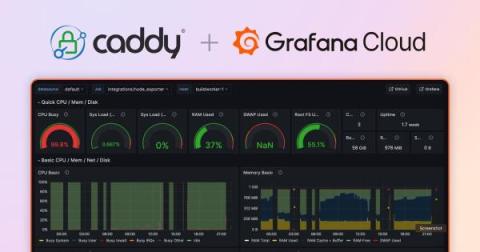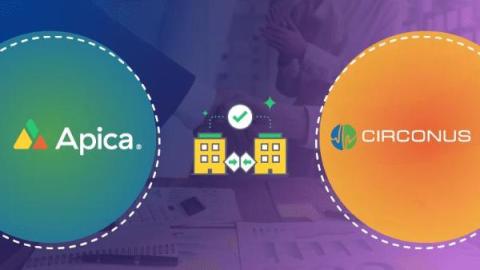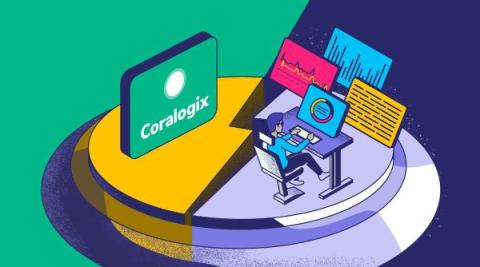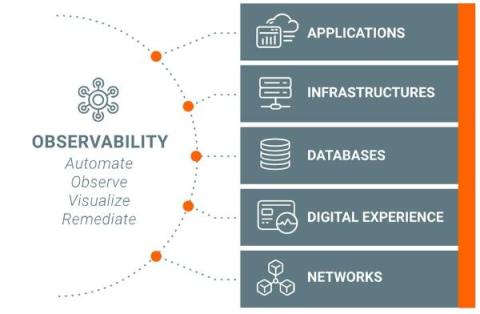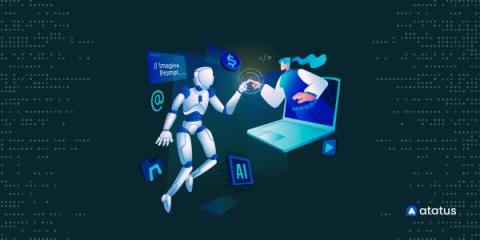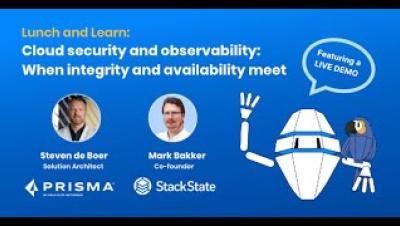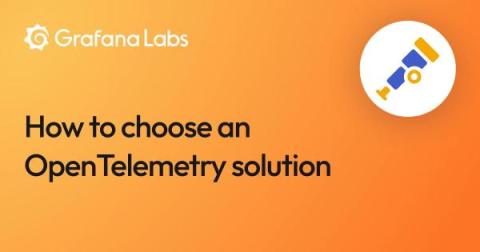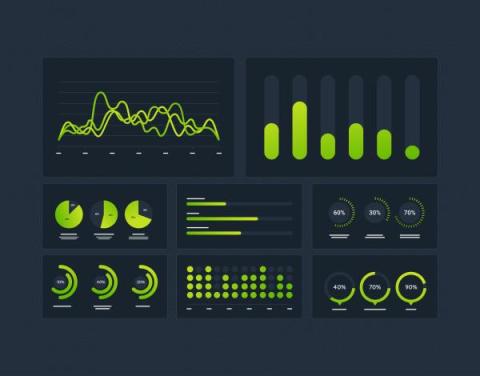Capturing Security and Observability Data From Oracle Cloud
A couple of years ago, I wrote another blog on how Oracle Cloud Infrastructure (OCI) Object Storage can be used as a data lake since it has an Amazon S3-compliant API. Since then, I’ve also fielded several requests to capture logs from OCI Services and send them through Cribl Stream for optimization and routing to multiple destinations. There are two primary methods to achieve this.



